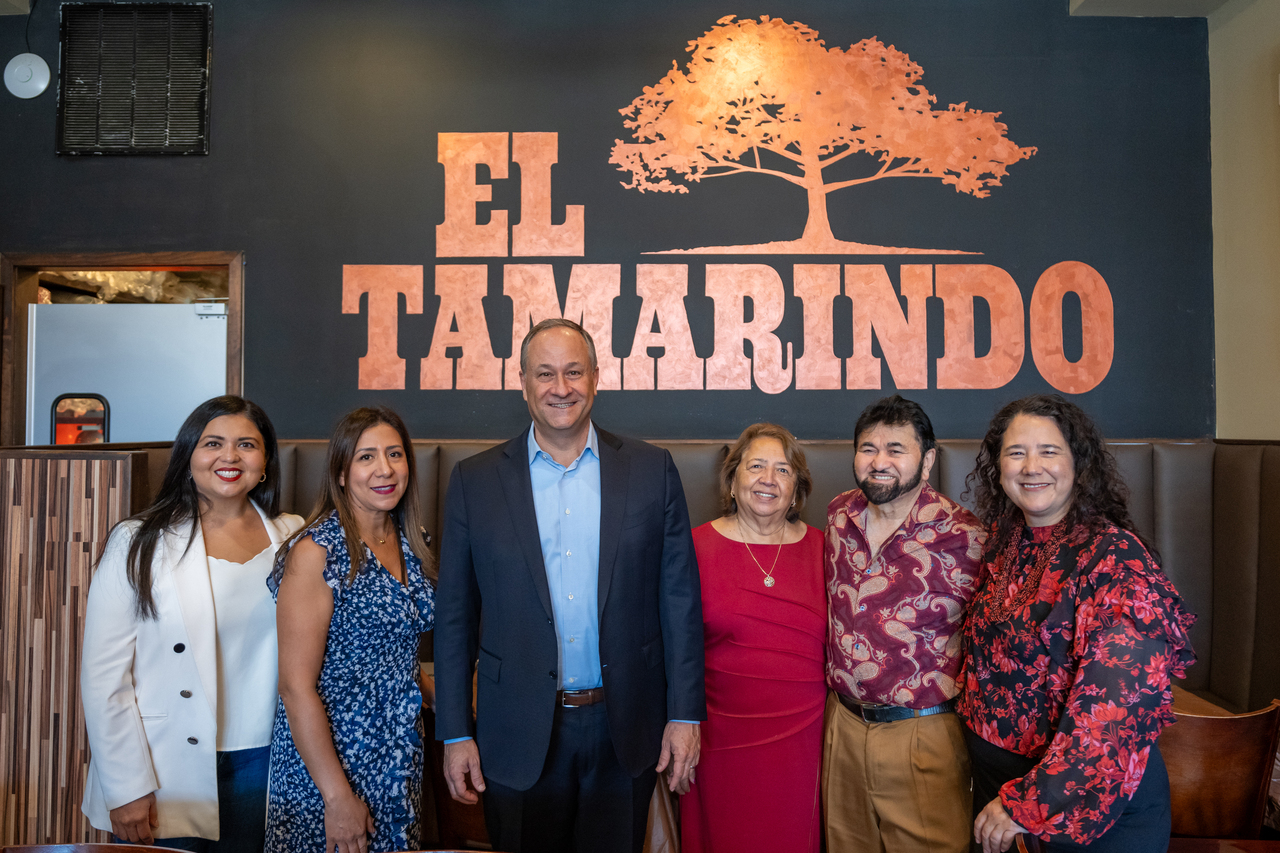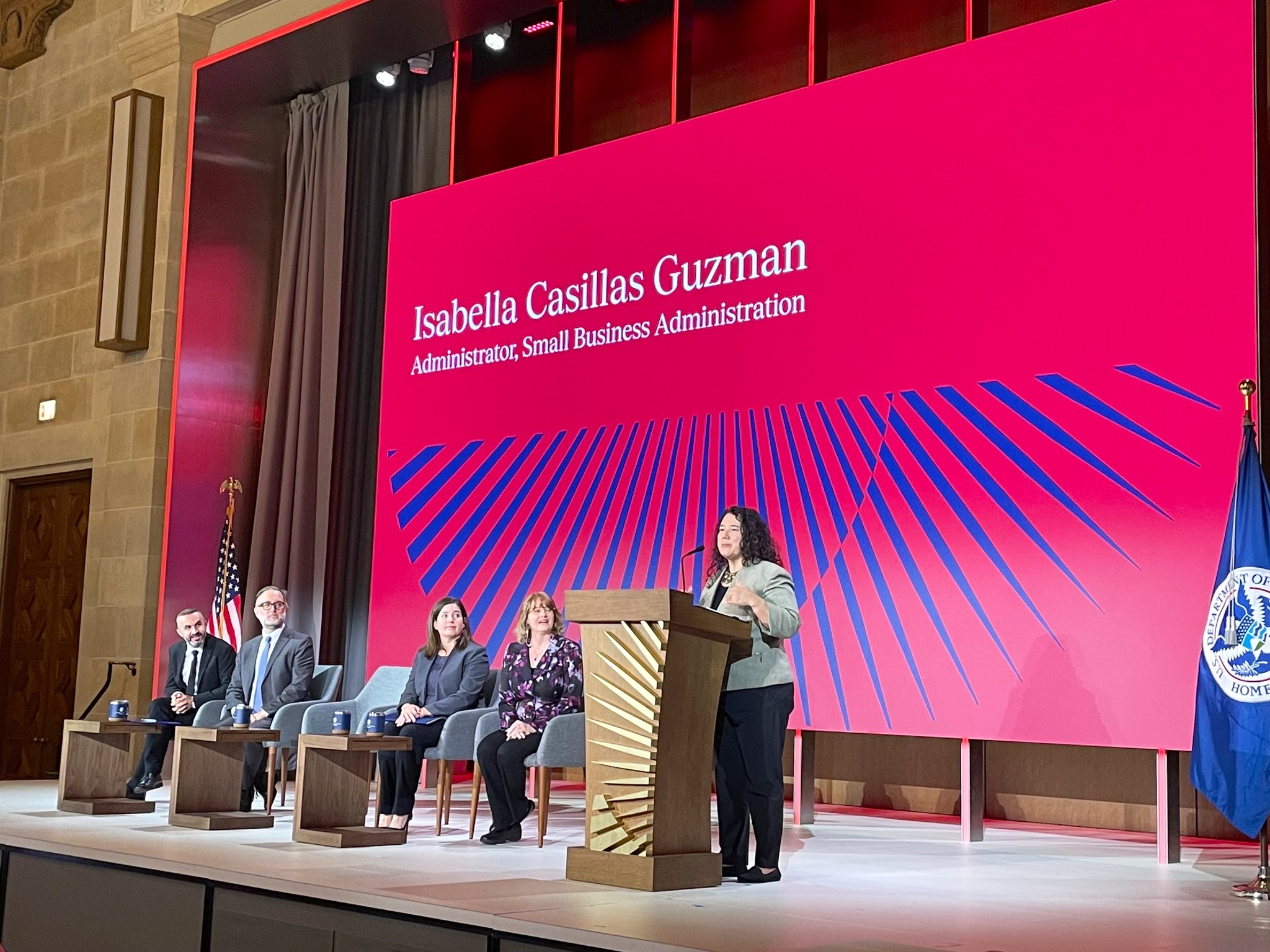
Seven things we learned about local news and Latinos
“Local News in a Digital Age” is the title of an in-depth Pew Research Center study, conducted in association with the John S. and James L. Knight Foundation.
“Local News in a Digital Age” is the title of an in-depth Pew Research Center study, conducted in association with the John S. and James L. Knight Foundation, and published today. Here’s what we learned about Latinos and local news from this study conducted in Denver, Colorado; Macon, Georgia; and Sioux City, Iowa.
- Latinos in Denver follow local and neighborhood news at higher rates than whites: 60 percent of Hispanics compared with 43 percent of whites closely follow news about the local area.
- Education, religion and immigration were among the most prominent topics covered by ethnic media outlets in Denver, including Hispanic media. In contrast, immigration was not covered at all in the sample collected for main newspaper or television outlets, and there was only a single religion-focused story.
- Latinos are notable in their interest in a handful of particular topics: about twice as many Hispanics as whites very closely follow local crime, jobs and education.
- Whites are more likely than Latinos to often discuss the local economy, businesses and development. On the other hand, Hispanics discuss crime, jobs and unemployment at a much higher rate than whites.
- More than half (56 percent) of whites in Denver said they shared a story digitally in the past year, somewhat higher than the 45 percent of Latinos who reported the same. Hispanics, though, are more likely than whites to have commented on a local news website or blog or called in to a live radio or TV show.
- Ethnic publications stood out for their outreach to readers in Denver. Some 44 percent of the ethnic stories studied included information about how a reader could participate in some activity, compared to only 5 percent of the stories in the mainstream newspaper.
- Ethnic publications were more focused on the local community than most other publications: 81 percent of the stories in the ethnic media were about events in a single neighborhood, compared to 60 percent in the main newspaper and 76 percent on television platforms.










LEAVE A COMMENT:
Join the discussion! Leave a comment.